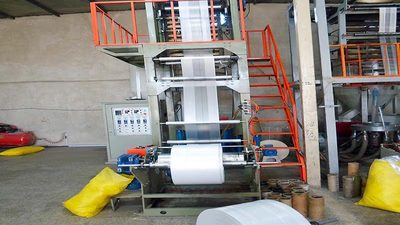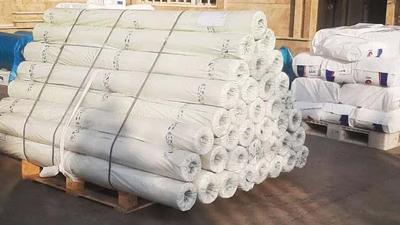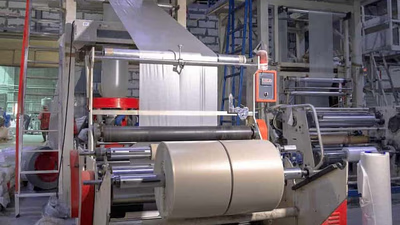
Nylon"s diverse applications in trade across industries. "
Since its invention in the 1930s, nylon has played an important role in various industries, including clothing, packaging, electrical and electronic, automotive, etc. Due to its special physical and chemical properties such as wear resistance, flexibility, heat and shock resistance, nylon is used in many daily consumer products such as clothing, bags, packaging clothes, cosmetics, auto parts, etc. Although nylon is a material used in many industries, it is not considered as a strategic product on its own. Instead, industries that use nylon extensively may be considered strategic industries.
It is very important to review the laws and regulations related to the production, use and recycling of nylon at the national and international level. Standards, use restrictions, waste regulations, and environmental policies may have a major impact on the nylon industry. Examining the competition in the global nylon market and the impact of international trade on the state of the industry are among the important items. Competitive analysis, supply of raw materials, import and export, contracts and trade negotiations, tariff policies and their effects on the market are also included in this review. Examining the sustainability trend of the nylon industry, including the use of recycled materials, the development of greener alternatives, and the reduction of environmental impacts, is of great importance. Efforts to improve the sustainability of the industry and to replace nylon with more sustainable materials are issues that should be considered in the review of the nylon industry. Examining the pricing trend in the nylon industry is of great importance. Fluctuations in raw material prices, supply and demand, market competition, and other factors can have a large impact on nylon prices and should be considered.
Over time, nylon production technologies and methods improved. Newer processes were optimized to produce nylon and more advanced equipment was used. These developments improved the quality and efficiency of nylon production. Nylon manufacturing companies have invested heavily in research and development activities. By conducting more tests and discovering better methods in the production and optimization of nylon, the quality and performance of the products have improved. Nylon industry has high technical knowledge. The expertise and experience of specialists in the field of chemistry, plastic engineering and polymer technology have helped to improve nylon processes and products. The use of nylon in various industries, including clothing, packaging, automotive, electronics, etc., has enabled the emergence of new innovations and diverse applications. These innovations and new applications have helped the development of the nylon industry and created a new market.
Currently, nylon is produced worldwide by several large plastic companies, the most important of which are DuPont, BSF, Lansing, and Torna Ponte. These companies play a very important role in the production of nylon and its derivative products and compete in the global market. The use of nylon in various industries, including clothing, packaging, sports, automotive, electronics and industrial parts, has caused the demand for this plastic material to rise. Nylon production continues to grow globally and new technologies are introduced to improve the quality and properties of nylon. Also, due to environmental concerns and increased awareness of single-use plastics, efforts are being made to develop recyclable nylon and biodegradable plastics. These efforts can play an important role in reducing the negative environmental impacts of the nylon industry.
Examining the volume of production and consumption of nylon at the global level is one of the important things. It includes major manufacturers of nylon, production volume, export and import volume, market share and industry growth trends. Examining the applications of nylon in various industries, including clothing, packaging, automotive, electronics, etc., can play an important role in the industry review. Analyzing the needs and trends of nylon usage in each industry and country provides useful information. Examining technological developments and innovation in the nylon industry is of great importance. Knowing the production methods and optimization processes, new and improved materials, advanced technologies and new innovations can help the progress and competitiveness of this industry. Examining the environmental effects of nylon production and use is one of the critical issues. Consumption of natural resources, emission of greenhouse gases, long-term decomposition and environmental effects of nylon waste are issues that should be considered in the review of the nylon industry.
Polyesters are among the most widely used substitutes for nylon. Polyesters, such as regular polyesters and recycled polyesters (such as PET recycled polyesters), are used in a variety of industries, including apparel, packaging, and carpets. Polypropylene is a plastic material with properties similar to nylon and is used as a substitute for nylon in some applications. Polypropylene is used in automotive, packaging and household appliances industries. Polyethylene is also an alternative to nylon. Polyethylene is produced in two types, high-density polyethylene (HDPE) and low-density polyethylene (LDPE), and is used in packaging, household appliances, and sanitary ware industries. Polycarbonate is another alternative to nylon, which is used in electronics, sports and automotive industries due to its mechanical properties and high transparency. Due to environmental concerns, biodegradable plastics such as polylactic acid (PLA) are used as a substitute for nylon in some applications. These plastics decompose naturally and have less environmental impact.



